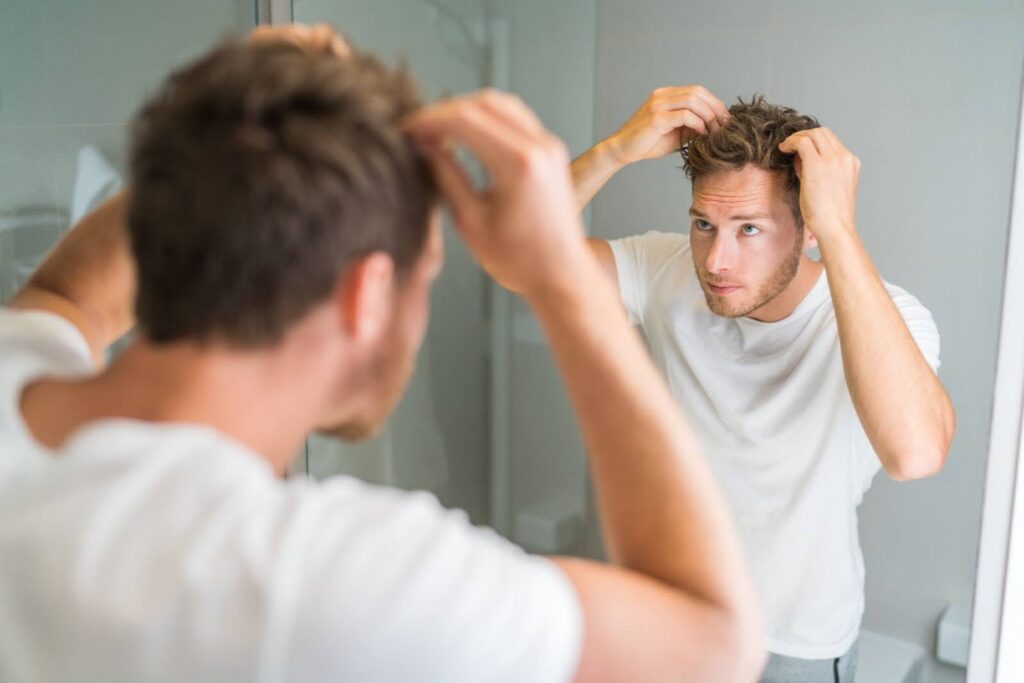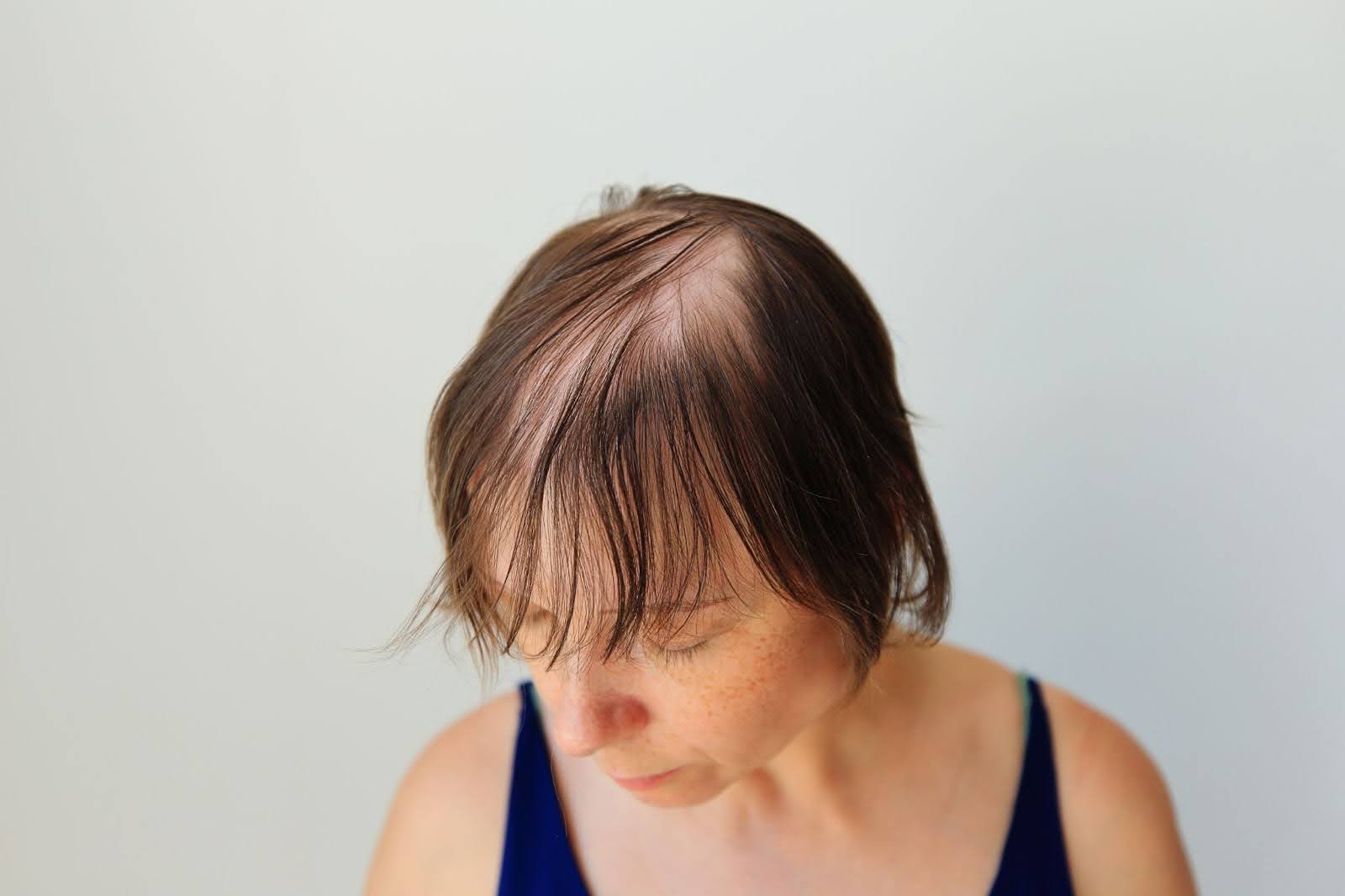Hair loss affects millions of men and women across the country. It may be caused by any number of factors, ranging from genetic conditions to hormonal fluctuations, or even poor nutrition. While hair loss can be demoralizing, it never has to be permanent. In fact, there are a number of proven treatments that can restore your hair and rejuvenate your confidence.
One such option is Neograft, an innovative new approach to hair transplantation. Neograft moves healthy follicles from an area of dense growth to an area where you’ve experienced thinning hair, and over time can produce natural-looking and long-lasting results.
Patients love Neograft for a number of reasons, not least the fact that recovery tends to be pretty simple. With that said, there are some aftercare tips you’ll want to follow in order to expedite your healing process, and to ensure the best possible results.
Before you are discharged to head home and recover, your surgeon will provide you with a set of written instructions to ensure a smooth recovery. In the meantime, here are some general practices to follow in the days and weeks following your Neograft hair transplant.
Tips for the First 24-48 Hours
The first couple of days are critical for ensuring the best results from your hair transplant. Above all, ensure that you avoid contact to your donor site and to your newly implanted grafts.
Some specific aftercare tips include:
Avoid washing your scalp, and steer clear from any water pressure on your newly implanted grafts. This means no showers for those first couple of days!
Don’t drink any alcohol for those first couple of days, as alcohol can impede your body’s natural healing process.
Make sure you talk with your surgeon in advance about any medications you take, including vitamins and herbal supplements. Your doctor may advise you to pause those medications, and it’s important that you not restart them until you are given the greenlight to do so.
Steer clear of ibuprofen, including Advil and Motrin, as well as any blood thinners. Your surgeon can provide you with some alternative options for managing discomfort.
You will have a pressure bandage on the back of your scalp, and it’s important to leave it in place until your surgeon clears you to remove it.
For the first couple of days, avoid wearing any hats or caps.
One more note: For the first two weeks, it’s important that you avoid any activities that cause you to break a sweat. Basically, skip your normal gym routine for 14 days. It’s also important to minimize your exposure to direct sunlight.
What About Sleep?
It’s important to control swelling in the area where you’ve received transplanted grafts, and that means choosing the right posture for sleep. The type of sleep position you require depends on the area where you’ve had new grafts transplanted.
If you’ve had your frontal hairline restored, we recommend sleeping in an elevated position for the first two nights following your transplant. Either stack three pillows to support your upright position, or simply sleep in a recliner.
If you’ve received grafts to the crown of your head, you can simply sleep with a pillow or rolled-up towel under your neck, allowing you to remain a little more upright.
Should You Expect Bleeding?
One of the most common questions from Neograft patients: Is it normal to have any bleeding?
While most patients do not experience any bleeding from their transplant site or donor area, it is possible to experience some minor bleeding. This is nothing to worry about, and it’s usually very easy to control the bleeding by gently applying a damp gauze pad to the bleeding area for five to 10 minutes.
What Happens After the First 48 Hours?
Once you are past those first couple of days, your donor site should be closed up. Your surgeon will likely clear you to remove the pressure bandage from the back of your scalp.
A few additional aftercare guidelines include:
Once you are out of the first 48 hours, you may gently shampoo your hair. We recommend using a baby-friendly shampoo spray, then rinsing your hair by pouring warm water into a cup, then onto your head. It’s still a good idea to avoid direct shower pressure.
You can touch your donor site, but avoid touching your graft/transplant sites for at least seven full days. If you apply pressure to them prematurely, you risk dislodging the grafts and compromising your results.
Before using any hair products, get them cleared by your surgeon.
Keep in mind that, as your head heals, you’ll notice some scabs forming. That’s normal, and means your recovery is progressing the way it’s supposed to!
Feel free to wear loose-fitting caps, hats, or beanies, but nothing that fits too tightly on your head.
Additional Aftercare Tips: After the First Two Weeks
Two weeks into your recovery, it’s okay to resume some minor workouts. You’ll want to give yourself some time to ease back into really strenuous, high-intensity exercise.
Also note that you can use spray sunscreen or a loose-fitting hat to enjoy time outside. You’ll definitely want sun protection on your scalp if you’re going to be outside for more than half an hour.
When is Hair Coloring Allowed?
One final question: At what point is it okay to apply hair dye? As a general rule, we recommend waiting six to eight weeks before dying your hair. We also advise sticking to semi-permanent dye for a while, as this can mediate any potential damage to your grafts.
Schedule a Neograft Consultation
As you consider different options to restore your hair, it’s natural to have some questions about the recovery process. We’re here to help, and to provide you with a treatment plan you feel fully comfortable with. To schedule your Neograft consultation appointment, reach out to the Renu team at your next convenience.




